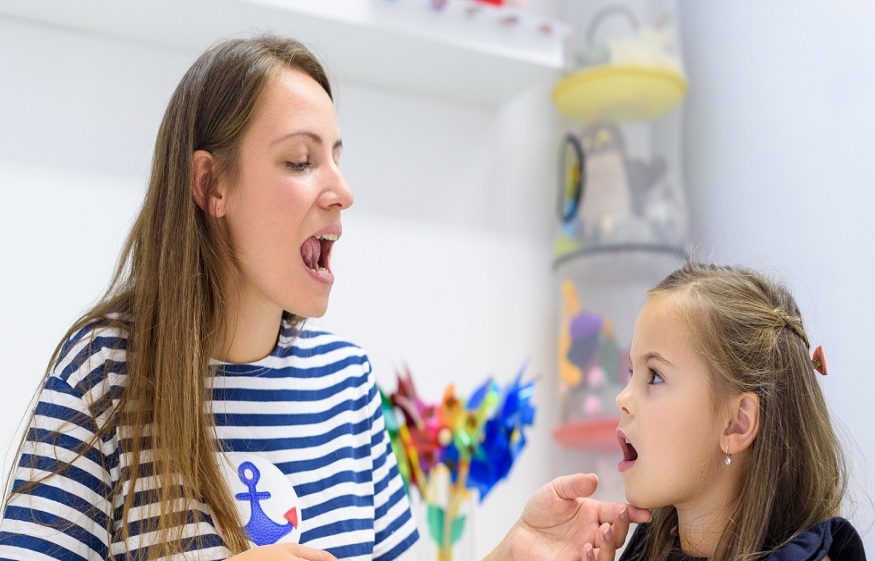
5 tips for teaching kindergarten
admin
- 0
Teaching kindergarten, what a pleasure but also what a challenge! Making children want to go to school, laying the educational and pedagogical foundations for their entire life as students, teaching the art of learning together and living together, here are some of the major challenges for teacher in kindergarten class.
How to structure learning situations around a specific objective, design sequences, prepare activities, structure time and space, carry out projects, achieve the skills required at the end of the cycle? How can we create a safe and stimulating learning environment to help students develop their skills?
To help you effectively support your kindergarten students , Hachette Education offers you 5 tips so that children can begin their educational journey on a solid foundation.
1 – Personalize the welcome for each student
Although arriving at class in the morning may seem routine, it is actually an important moment for children in kindergarten. They separate from their parents for a day of school and must find new bearings. This can be a big step for some children, especially younger ones and those with special needs in the inclusive school setting .
Welcoming each student individually in for teaching kindergarten the morning helps establish a caring and reassuring climate. It provides a framework, a benchmark from the start of the school year and throughout the year. It’s an easy ritual to set up, which doesn’t take much time and is still effective.
Indeed, this first contact changes everything for the young student: he feels considered, important in the eyes of his teacher. This is also an opportunity to ask him how he is doing, to better understand his needs and his personality. This is the time to learn more about their emotional state, which significantly impacts their concentration in class and in the activities offered. Ultimately, a personalized welcome allows you to create a bond of trust with students who are beginning their educational journey.
2 – Promote oral language
In the midst of learning language and its richness, nursery school students develop this skill more or less quickly and therefore have a disparate level. It therefore appears essential to make this development a priority by using every moment of class and life to exchange with them and enrich their vocabulary. This will also allow children to learn vocabulary and pronunciation more easily.
Always in the interest of being understood as best as possible by everyone, the teacher must ensure that he expresses himself slowly, clearly and calmly to convey his message. Repetition and reformulation are the kindergarten teacher’s best friends! Oral language activities such as role play, conversations and songs can also be used to encourage children to express themselves.
Voice can also be a way to attract attention and facilitate calming down. By playing with his voice, by raising his voice more or less – by avoiding shouting, the teacher can capture the attention of his students and make himself listened to more easily: whispering yourself can, for example, be a good way to understand that the class must be silent.
Finally, the second aspect of communication is not left out: listening is essential to establish a climate of trust. Listening to students and giving importance to what they have to say develops their self-esteem and their ability to structure their speech.
3 – Offer varied and fun activities
Children learn best when they are engaged in fun, interactive activities . They help them develop their creativity, imagination, fine motor skills and problem-solving skills. For teachers, it is important to provide a variety of learning activities that actively engage children. It is also a way to maintain attention and stimulate their curiosity.
What activities in kindergarten? They must put students in a position to succeed while promoting the development of new skills. Students will thus enjoy learning more! To vary the activities, you can rely on the numerous resources shared on the internet, or those available with most of our manuals and guides.
Mathematics is a key part of kindergarten learning because it helps children understand concepts such as numbers, shapes and measurement. Teachers can help children develop their math skills by using fun games and activities that engage children interactively. This is why Hachette Éducation developed the Mini-Maths collection , which is based on a resource guide for the teacher, a consolidation workbook for the student and materials to use in class – Without forget the resources to download. Enough to build numerous mathematical learning situations through play !
Finally, creativity and artistic expression are important for the development of children in kindergarten, because they help them develop their imagination and self-confidence. Teachers can encourage creativity and artistic expression by providing art, music and drama activities that allow children to explore and express themselves creatively.
Educational resources can help teachers find ideas for encouraging creativity and artistic expression in children . The 1 day 1 gesture site , offered by the Lille Academy (also with a mini-site dedicated to supporting teachers starting in kindergarten), has produced a selection of activities and simple and quick projects to help teachers children to explore different artistic materials and techniques . The “ Draw Me a Story ” site also offers ideas for artistic and creative activities for children, including ideas for projects based on the seasons, certain important dates of the year and History. For more examples of possible artistic activities to do in class, the blog “ La Classe de Luccia ” presents the work of its students. You can also draw inspiration from the web document “ One day, one gesture ” set up for classes from cycle 1 and containing several artistic and stimulating activities.


